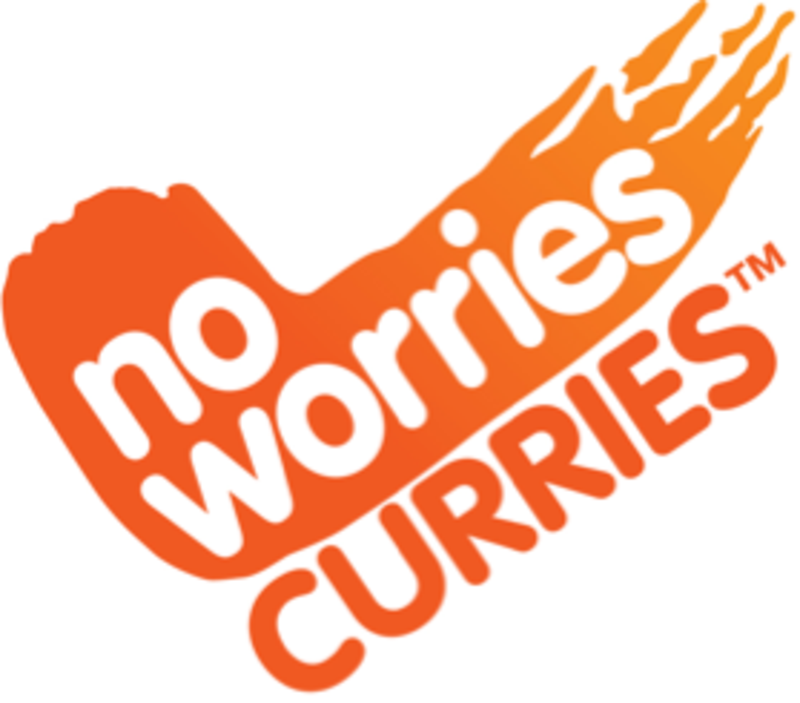Ghee (Clarified Butter) - The Traditional and Modern Ways of Preparation
By Claudette D'Cruz

PC: www.reallifeofpie.com
The word ghee sets off childhood memories of it being made at home – the aromas were heavenly. It also meant our favourite treat at the end of the process - ghee rice (the residue of crunchy golden brown solids were mixed with boiled rice). The next day for breakfast we would have chapattis with ghee smeared on and then dusted with gur (palm sugar) and rolled like a cigar.
Ghee is made from butter that has been heated to separate the water, milk solids and salt. The residue from this process is known as ghee, which has an ever-so-slight nutty flavour and is grainy in texture. It has a high smoke point so it doesn't burn like oil. Aside from the wonderful flavour and aroma, Ghee has several benefits and is used in religious ceremonies and as Ayurvedic medicine. You can read more here on Wikipedia.
TRADITIONAL METHOD
My favourite memories are of the actual making of ghee – it is a long and arduous process made the traditional way and is therefore all the more precious. I remember my aunt boiling full cream milk (the only kind sold when I lived in India) and leaving it to cool overnight. Then in the morning she would use a slotted spoon to collect the thick cream from the top and save it in the fridge. She would sometimes use this saved cream in place of butter in her cakes which she baked in a box over a stove. But that's another story.
When she had enough cream saved she would take it out of the fridge in the night. In the morning, at room temperature, she would add curd (½ tablespoon to every cup of cream). In about 4 to 5 hours a custard-like curd would form. She would then transfer this to a deep earthenware pot and start to churn it with a churning stick. We children would queue to take turns to churn this curd. She must have been glad to have the help as it took at least 40 minutes to be able to see the butter separate fully!
She would then use a strainer to skim this yellow butter and place it into another bowl of cold water. The strained liquid (buttermilk) would be saved and used in all manner of ways - to knead rotis, in curries or as a simple drink with a pinch of salt.
The cold water would make the milk separate and the butter would float on the top. It was then skimmed again and placed in a heavy based cooking pot.
This is when we were only allowed to watch as it simmered and she stirred. When it started to foam she would throw in a few drumstick leaves, sometimes it was curry leaves or bay leaves or fenugreek seeds or triphala. Why do you put that in I asked one day – they impart flavour and are good for your body I was told!
But I digress and back to the recipe for making traditional ghee – she would keep stirring continuously for a while. After about 30 minutes the foaming would subside and you would see a golden liquid with no foam. She would then place a strainer over a stainless steel dish with a large mouth and pour the molten ghee over. This would leave a residue of golden brown milk solids in the pot.
Back to the start, we would mix in some boiled rice with the solids and enjoy it. Sometimes if she didn’t add any leaves or spices she would stir fry the milk solids with flour and add some sugar and cardamom powder to it. Don’t know how she handled the hot mass but she would then take this mixture and make it into balls – called ladoos in Hindi. Both methods of using the residue were great treats for us. Now you can see why we were always excited about making ghee at home. I am sure the adults had a different slant on enjoying their ‘pure’ home-made ghee – its its therapeutic benefits.
MODERN METHOD
We are time poor these days so you can make it with the recipe in this video. One tip - you don't need to throw away the sediment as she does! It is the milk protein (casein). It's tasty - simply mix in a little boiled rice as we do in India and serve warm with your meal.
Always use organic and unsalted butter for the best flavour. Then use your homemade ghee with gay abandon. Fry your pancakes or fish with it, use it on roasts, in curries or as we children did – with warm rice and mango chutney and for breakfast on rotis with a sprinkling of sugar!

0 comments